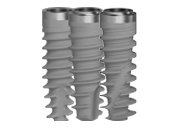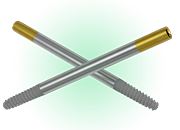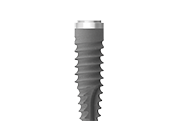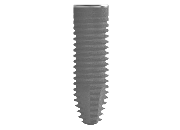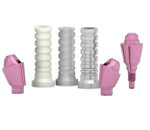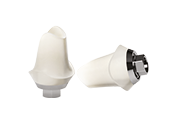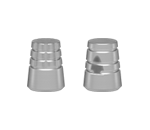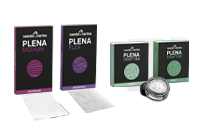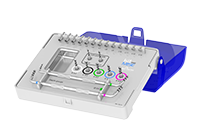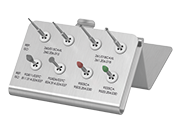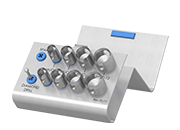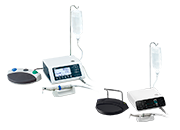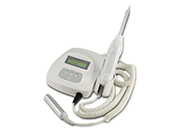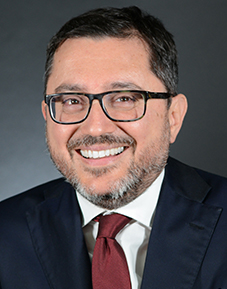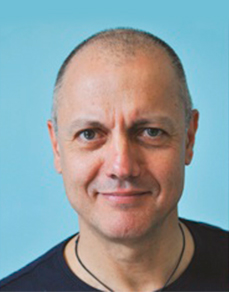The tooth was extracted, and a socket preservation with hydroxyapatite protected by an epithelial-connective graft was performed. Guided surgery was planned for the rehabilitation of the element with a Prama implant, arranging for a flap elevation in order to have a greater quantity of soft tissue to manage to maximize aesthetics. This step also made it possible to eliminate the grafting material particles which were fibro-integrated in the soft tissue: this way the long process of physiological expulsion, that sometimes can be uncomfortable for the patient, was avoided.
The emergence profile obtained with the temporary crown was then duplicated with a silicon molding, which allowed to add to the transfer a precise resin base, duplicating the conditioned soft tissues during the impression taking.
This way all the aesthetic information was transferred to the model. As regards the prosthetic approach, a zirconia post with a feldspathic ceramic crown was chosen: for this reason, the abutment on the implant neck has a feather-edge morphology, but a shoulder was created for supporting the crown, making the interface between the two materials more solid. The particular neck of Prama allowed optimal soft tissue management and high-quality restoration of tissue aesthetics.

